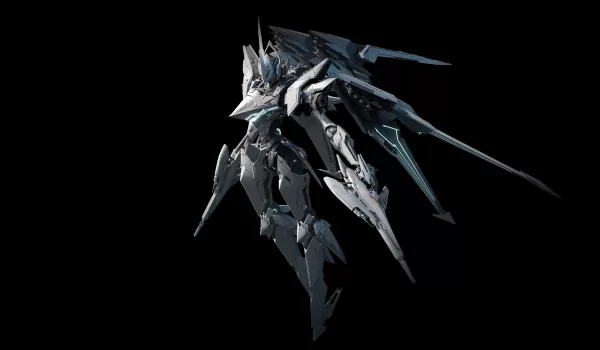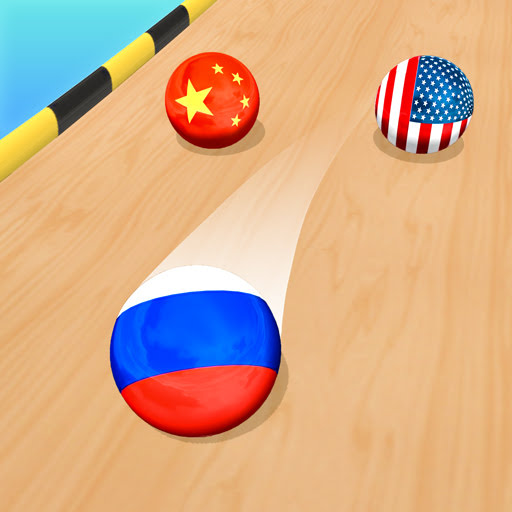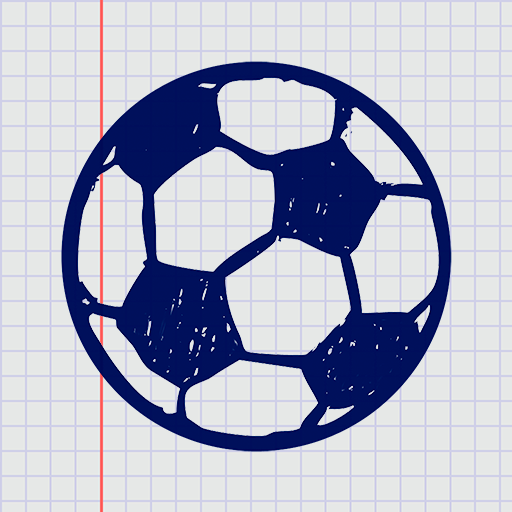Thanks to a renewed focus on the foundational elements of the series, Assassin’s Creed Shadows delivers the most satisfying experience the franchise has seen in years. The game introduces a parkour system that rivals the finesse seen in Unity, allowing players to seamlessly transition from ground to castle rooftops. The addition of a grappling hook further enhances the thrill of reaching strategic vantage points. Perched on a tightrope high above your adversaries, you're poised for the perfect kill—as long as you're controlling Naoe, one of the game's protagonists. However, switch to Yasuke, the other protagonist, and you're in for a completely different experience.
Yasuke, a towering samurai, moves with a deliberate slowness that contrasts sharply with the agile assassins we're accustomed to. He's clumsy, unable to execute silent takedowns, and struggles with even the simplest climbs. His design feels like an anomaly in the Assassin’s Creed universe, challenging the very essence of what it means to be an assassin. Yet, this departure from the norm is what makes Yasuke's character so intriguing. Playing as him feels less like Assassin’s Creed and more like stepping into another game entirely.
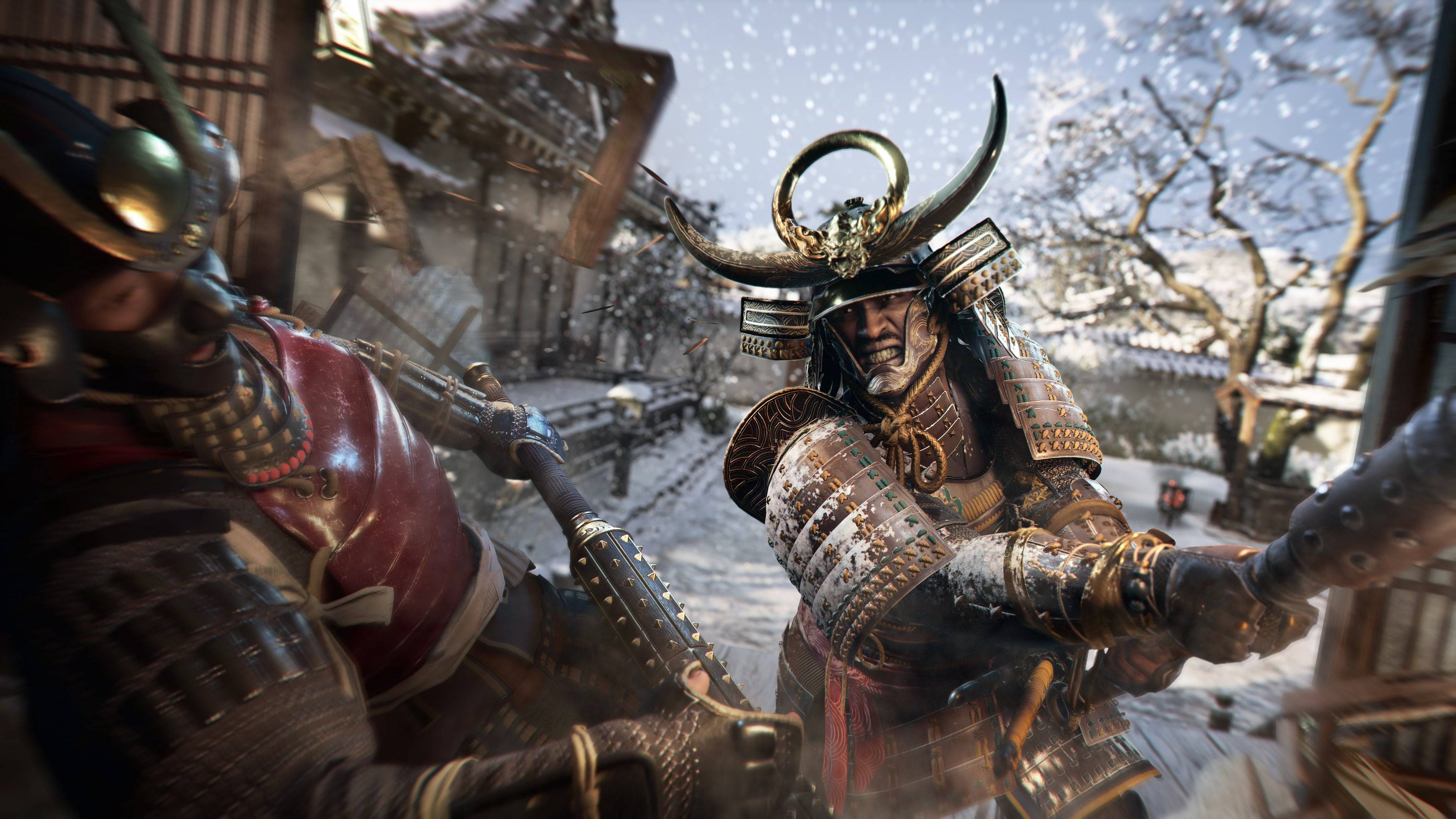 Yasuke changes the rules of Assassin's Creed, promoting grounded combat over parkour stealth. | Image credit: Ubisoft
Yasuke changes the rules of Assassin's Creed, promoting grounded combat over parkour stealth. | Image credit: Ubisoft
Initially, the stark contrast between Yasuke's capabilities and the series' core philosophy was frustrating. What purpose does an Assassin’s Creed protagonist serve if they can barely navigate the vertical world and lack the ability for stealth kills? Yet, as I delved deeper into his gameplay, I began to appreciate the deliberate design choices behind Yasuke. He forces players to confront and adapt to limitations that the series has rarely imposed before.
You don't encounter Yasuke until several hours into the campaign, after spending ample time mastering Naoe's swift and stealthy shinobi skills. The transition to Yasuke is jarring; his inability to effectively sneak through enemy camps or scale anything beyond his reach introduces a new level of challenge. His climbing is laborious, often requiring the use of ladders or scaffolding, which encourages players to stay grounded. This limitation affects his ability to survey the environment from above, a staple of Assassin’s Creed gameplay.
Yasuke's design shifts the focus from stealth and vertical exploration to grounded, intense combat. This shift aligns more closely with games like Ghost of Tsushima, emphasizing samurai swordplay over the traditional assassin's toolkit. Playing as Yasuke means rethinking how to approach Assassin’s Creed. While he can't climb freely like past protagonists, careful environmental observation reveals alternative paths designed specifically for him, adding a layer of strategic planning to the gameplay.
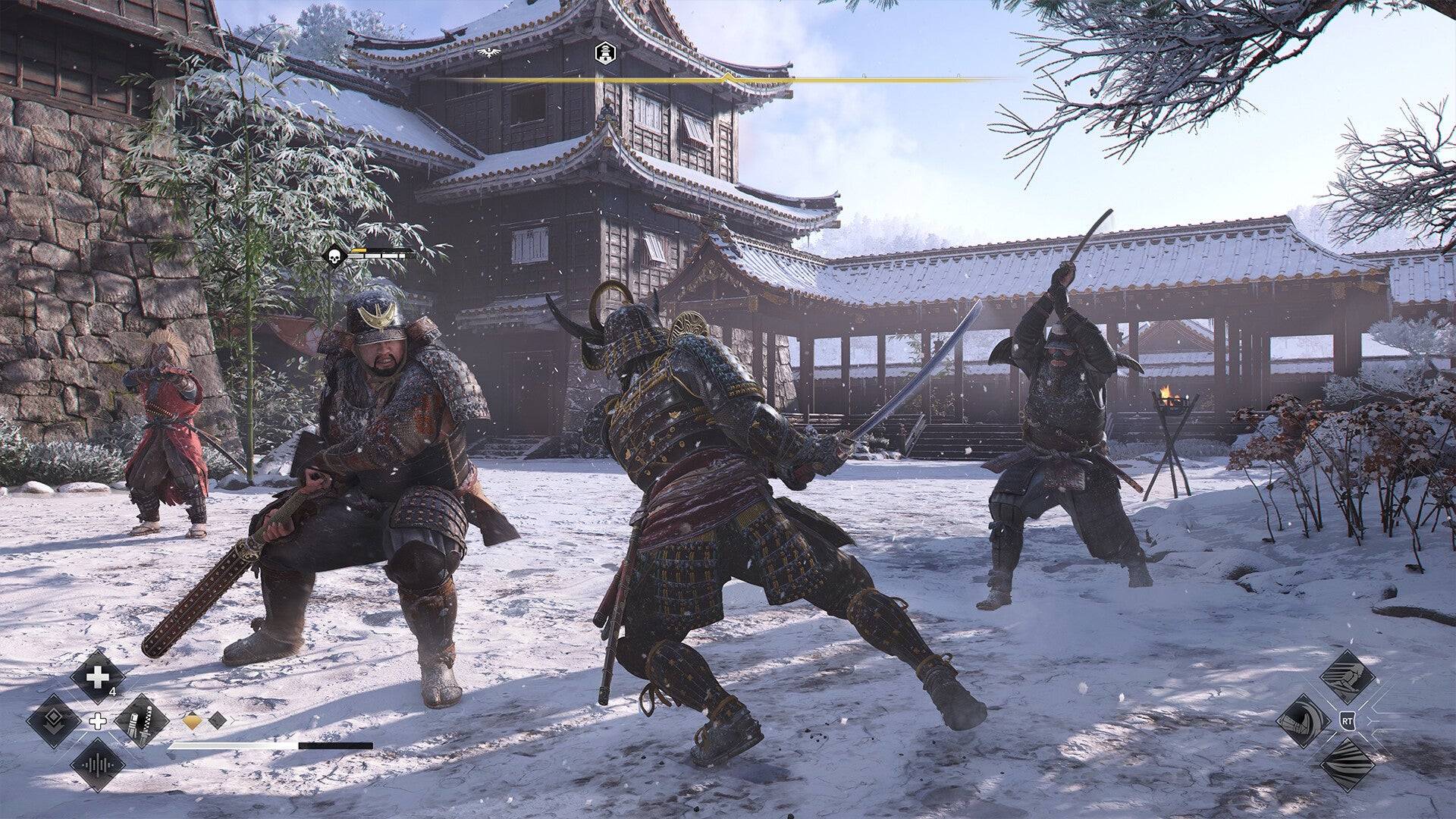 Yasuke enjoys the best combat mechanics Assassin's Creed has ever had. | Image credit: Ubisoft
Yasuke enjoys the best combat mechanics Assassin's Creed has ever had. | Image credit: Ubisoft
The combat in Shadows is where Yasuke truly shines, offering the most refined swordplay the series has seen in over a decade. Each strike is purposeful, and the variety of techniques—from brutal rush attacks to satisfying ripostes—makes combat exhilarating. The separation of combat and stealth into two distinct characters prevents the blending of styles seen in previous entries like Origins, Odyssey, and Valhalla. Naoe's fragility ensures that stealth remains a crucial element, while Yasuke's strength allows for a more direct approach to conflict.
Despite the innovative approach to Yasuke's character, his fit within the Assassin’s Creed framework remains questionable. The series is built on stealthy kills and vertical exploration, elements that Yasuke directly opposes. While his design is thematically appropriate for a samurai, it fundamentally alters the Assassin’s Creed experience.
Naoe, on the other hand, embodies the quintessential Assassin’s Creed protagonist. Her stealth capabilities, enhanced by the verticality of Sengoku Period Japan, offer a gameplay experience that truly captures the essence of the series. Even with the more realistic climbing mechanics introduced in Shadows, Naoe's agility and combat prowess make her the more appealing choice for many players.
Ubisoft's attempt to offer two distinct playstyles with Yasuke and Naoe is commendable, yet it presents a double-edged sword. Yasuke's unique approach to gameplay is a fresh take on the series, but it challenges the core tenets that have defined Assassin’s Creed. While I'll occasionally return to Yasuke for the thrill of his combat, it's through Naoe that I'll truly explore and enjoy the world of Shadows. With her, I feel like I'm playing Assassin’s Creed as it was meant to be played.



